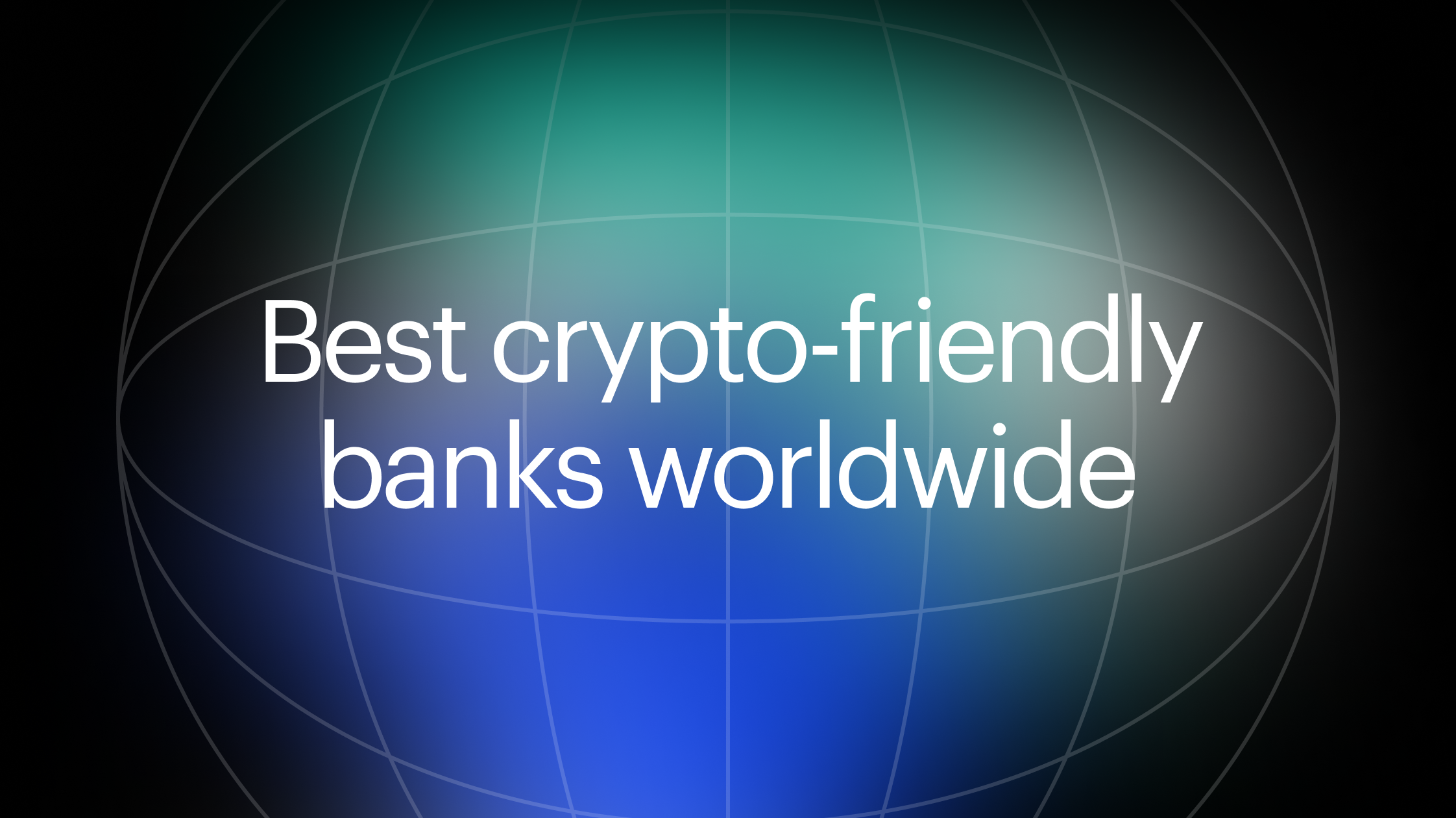This week marked another milestone in the institutionalization of crypto markets. Grayscale launched the first multi-asset ETF in the U.S., while CME prepared new derivatives products for Solana and XRP. Meanwhile, the Federal Reserve’s rate cut raised fresh questions about risk flows and stablecoin adoption, as TRON, Circle, and BDACS advanced cross-chain and sovereign stablecoin initiatives.
Grayscale launches first multi-crypto ETP in the U.S.
Grayscale has introduced the Grayscale CoinDesk Crypto 5 ETF (GDLC), the first U.S. exchange-traded product offering diversified exposure to multiple digital assets. The ETF is weighted primarily toward Bitcoin (73%) and Ethereum (17%), with smaller allocations to Solana, XRP, and Cardano. The fund tracks an index developed by CoinDesk Markets and will rebalance quarterly to reflect shifting market leadership.
The launch comes as the U.S. Securities and Exchange Commission (SEC) signals a more accommodative stance under Chair Paul Atkins. The agency has advanced initiatives like “Project Crypto” to modernize digital asset oversight and recently approved new listing standards that could accelerate ETF approvals. With nearly 100 proposals awaiting review, Bloomberg analysts estimate that more than 100 crypto ETFs could debut in the next 12 months.
Investor appetite for index-based and actively managed spot products remains high. Industry commentators suggest that such vehicles could quickly become a core category, especially among financial advisors. Meanwhile, the first spot XRP and Dogecoin ETFs began trading this week, generating $55 million in volume, underscoring growing investor demand for diversified crypto exposure.
TRON integrates PayPal USD through LayerZero’s cross-chain standard
TRON DAO has announced the availability of PayPal USD (PYUSD) on its network via Stargate Hydra, leveraging LayerZero’s Omnichain Fungible Token (OFT) framework. The integration introduces PYUSD0, a permissionless token fully fungible and interoperable across blockchains. This expansion enables users and institutions to access PYUSD on TRON’s high-volume network while maintaining seamless interoperability with other ecosystems.
TRON’s network fundamentals highlight its scale as a stablecoin hub, with over $28 billion in total value locked, more than 332 million user accounts, and nearly $1 billion in protocol revenue in each of the past two quarters. Average daily activity exceeds 9 million transactions, supported by 2.83 million daily active accounts. TRON’s cumulative transfer volume has now surpassed $21 trillion since its 2018 launch, reflecting strong institutional and retail adoption.
The collaboration underscores a broader trend of payment networks, interoperability frameworks, and high-throughput blockchains converging to form next-generation financial infrastructure. By combining PayPal’s global payments expertise, LayerZero’s cross-chain architecture, and TRON’s network scale, the initiative positions PYUSD for wider accessibility in settlement, remittances, and digital commerce.
Solmate launches Solana-focused digital asset treasury with $300M PIPE
Solmate, a rebranded version of Brera Holdings PLC, has launched as a Solana-based digital asset treasury (DAT) following an oversubscribed $300 million private investment in public equity. The round was sponsored by UAE-based Pulsar Group, with support from Cathie Wood’s Ark Invest. Former Kraken Chief Legal Officer Marco Santori has been appointed as CEO, with governance oversight from Dr. Arthur Laffer and RockawayX CEO Viktor Fischer.
The company expects to finalize a discounted acquisition agreement with the Solana Foundation, which would secure preferential terms for building a large-scale SOL position. This development underscores Solana’s rising prominence among DAT strategies, which have become increasingly attractive to institutional investors seeking crypto exposure through public equity vehicles. Currently, Bitcoin, Ethereum, and Solana dominate the DAT segment by dollar value.
Despite the rebrand, Solmate will maintain Brera’s multi-club sports ownership operations while targeting a dual listing on Nasdaq and a UAE exchange. Shares rose 14% on Thursday following the announcement. The strategy sets Solmate apart from other DATs by combining treasury accumulation with infrastructure development in the UAE, signaling a differentiated approach to institutional crypto adoption.
South Korea’s BDACS pilots KRW1 stablecoin on Avalanche
BDACS, a South Korean custody and digital finance provider, has launched KRW1, a stablecoin fully backed by the Korean won, on the Avalanche blockchain. Each token is collateralized with reserves held at Woori Bank, with real-time API integrations ensuring transparent proof of reserves. The launch follows successful proof-of-concept testing, confirming technical viability and regulatory alignment.
KRW1 is positioned as a multi-purpose stablecoin for payments, remittances, and institutional settlement use cases, with plans to expand across additional blockchains. BDACS also aims to integrate with USD stablecoins such as USDT and USDC to enhance interoperability. The initiative underscores South Korea’s emerging role in stablecoin experimentation, even as a formal regulatory framework for such assets remains under debate.
Policy momentum is strong, with President Lee Jae Myung advocating for local stablecoin issuance to strengthen monetary sovereignty. While the Bank of Korea favors restricting issuance to licensed banks, financial institutions are preparing for broader adoption. With institutional backing from Woori Bank and integration into Avalanche’s infrastructure, KRW1 is positioned as an early entrant in Korea’s developing stablecoin ecosystem.
Federal Reserve cuts rates by 25bps, signals further easing
The U.S. Federal Open Market Committee (FOMC) lowered the benchmark federal funds rate by 25 basis points to a range of 4.00–4.25%, marking its fourth consecutive quarter-point cut. The decision reflects slowing economic activity, moderating job gains, and still-elevated inflation. Policymakers signaled at least two additional cuts by year-end, with markets now closely watching the trajectory of the next 100 basis points.
Lower rates reduce the relative attractiveness of traditional fixed-income assets, potentially redirecting capital toward risk assets such as cryptocurrencies. Bitcoin traded at $116,000 following the decision, down slightly on the day of the cut, while Ethereum remained steady at $4,490. Analysts expect increased liquidity to drive higher trading volumes across digital assets, though market volatility may persist depending on the Fed’s pace of easing.
The implications for stablecoins are more nuanced. Lower rates reduce yield-bearing opportunities but may boost adoption as stablecoins continue to function as transaction and savings vehicles. Industry executives note that stablecoins remain central to DeFi activity and dollar-denominated savings behavior, with utility increasingly tied to payments rather than yield generation.
CME to launch options on Solana and XRP futures
CME Group has announced plans to introduce options on Solana and XRP futures starting October 13, subject to regulatory approval. The contracts will include both standard and micro-sized products with expirations available daily, monthly, and quarterly. The expansion is aimed at meeting institutional demand for more sophisticated hedging and trading tools.
Trading activity in CME’s crypto futures has grown significantly this year. Since their respective launches, over 540,000 Solana contracts ($22.3 billion notional) and 370,000 XRP contracts ($16.2 billion notional) have been traded. Both hit records in August, with Solana futures averaging $437 million and XRP $385 million in daily notional volume.
The launch aligns with growing interest in Solana and XRP spot ETFs, with several filings pending SEC review. Market participants see CME’s derivatives expansion as a precursor to broader institutional adoption of these assets, offering tools for risk management while positioning CME at the center of crypto-linked derivatives markets.
Circle integrates USDC natively with Hyperliquid
Stablecoin issuer Circle has announced a native integration of USDC with Hyperliquid, the leading decentralized derivatives exchange, marking its first investment in the platform’s HYPE token. USDC will roll out on Hyperliquid’s HyperEVM network, with plans for expansion to HyperCore in the coming weeks. The integration also includes Circle’s upgraded Cross-Chain Transfer Protocol (CCTP v2).
Hyperliquid currently holds nearly $6 billion in USDC reserves, underscoring its role as the dominant dollar-backed asset on the platform. Circle’s move follows Hyperliquid’s recent competitive process to select a manager for its native USDH stablecoin. The coexistence of USDC and USDH reflects a diversified approach to liquidity, with Circle emphasizing its institutional-grade backing and cross-chain reach.
For Circle, the integration enhances distribution across DeFi ecosystems and aligns with its long-term strategy to drive stablecoin adoption globally. The issuer, now publicly listed on the NYSE with a market capitalization supported by $73 billion USDC in circulation, continues to position USDC as a foundational layer for cross-chain financial infrastructure. Hyperliquid, meanwhile, strengthens its market leadership in onchain derivatives, processing nearly $150 billion in monthly transaction volume.
At Finery Markets, we continue to monitor how evolving regulatory frameworks, monetary policy shifts, and new market infrastructure are shaping digital asset adoption globally. Follow us for deeper insights into institutional flows, stablecoin strategies, and trading technology innovation. This newsletter is provided for informational purposes only and does not constitute investment, financial, or other professional advice.
























